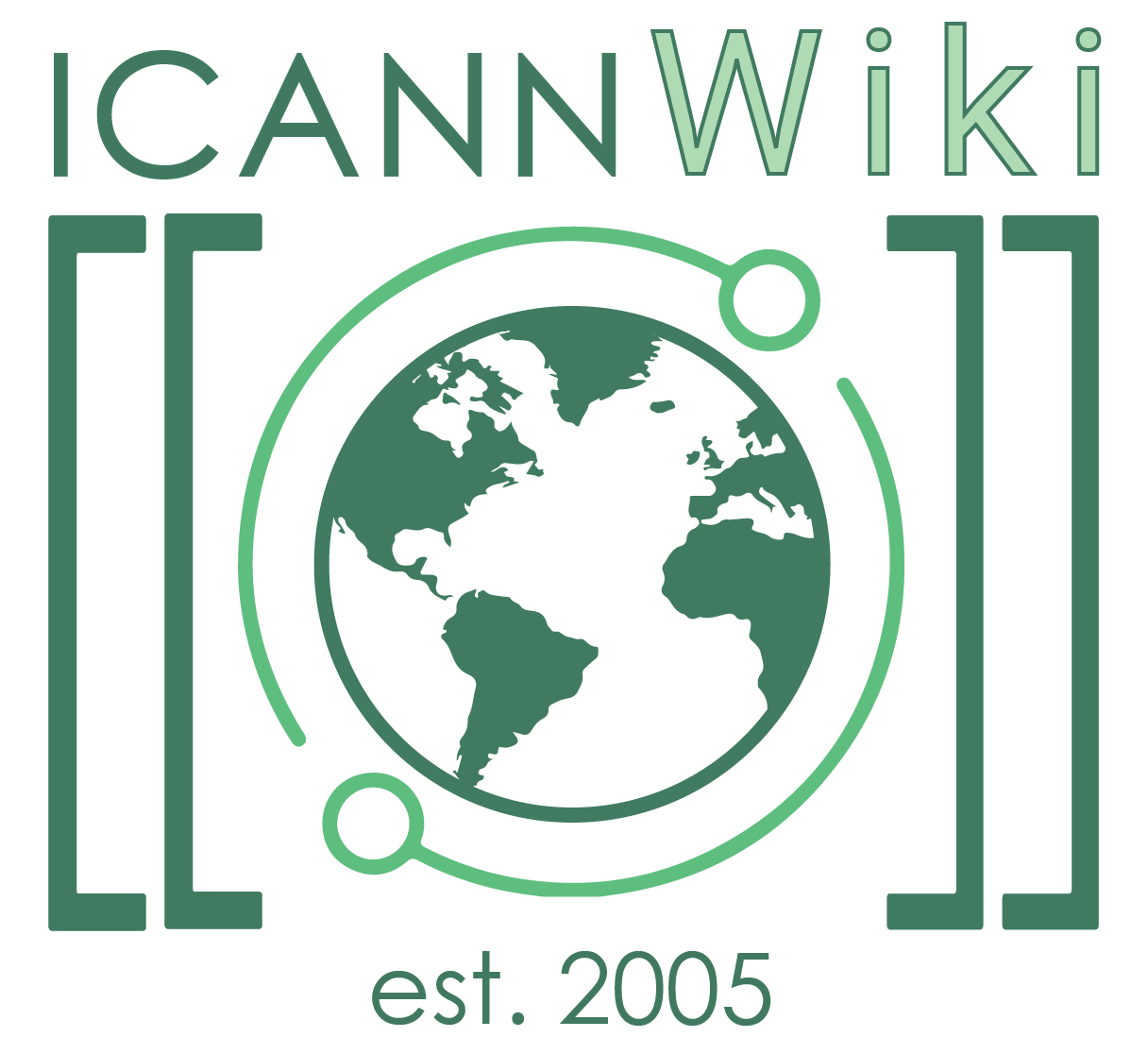Expired Registration Recovery Policy
| Norm | |
|---|---|
| Norm title | Expired Registration Recovery Policy |
| Type of norm | Policy |
| Issuing body | ICANN |
| Geographic scope | Global |
| Status | Active |
| Official text | https://www.icann.org/en/contracted-parties/consensus-policies/expired-registration-recovery-policy/expired-registration-recovery-policy-28-02-2013-en |
| Related Norms |
|
| Parent legal framework | ICANN Consensus Policies |
| Language | English |
In 2013, ICANN put into place the Expired Registration Recovery Policy or ERRP, which ensures that registrants of expiring domain names receive multiple notices from their registrar that their names are going to expire, in order to prevent the accidental loss of domain names. In theory, this gives the registrant ample opportunity to reclaim the name during an ICANN-mandated 30-day Redemption Grace Period before the name is dropped.[1] The ERRP has four sections and is an approved Consensus Policy.[2] All ICANN-Accredited Registrars must follow the guidelines outlined in the ERRP.[1]
Overview[edit | edit source]
Section 1: Registrant at Expiration[edit | edit source]
- This section defines terms used in this policy, and states that a Registrant at Expiration or RAE is "the registered name holder who is eligible to renew a domain name registration immediately prior to its expiration."[2]
Section 2: Renewal of Registrations[edit | edit source]
- Section 2 specifies that at least two renewal notices must be sent to registrants before the expiration of their domain names. One should be sent approximately a month before the expiration date while the other should be sent about a week before expiration.[2]
- An additional notice should be sent if, within five days of expiration, the registrant has not renewed or deleted the domain.[2]
- The registrar can also send more notices of expiration, although it is not required to do so.[2]
- If the name expires, the registrar can delete the name. The policy specifies procedures for registrars that delete the name during or after an initial 8 day period.
- If initial notices do not appear to reach the registrant or the registrant takes no action, then the "resolution of the domain name (may) be interrupted for a period of time after expiration, but before deletion, of the name to help make the registrant aware of the expiration."[1]
- This policy also specifically mentions domain parking and requires registrars using an expired domain name as a parked page during the expiration grace period to also include renewal instructions for the registrant on the page.[1]
Section 3: Redemption Grace Period[edit | edit source]
- Section 3 establishes a Redemption Grace Period.
- It states that except for a few exempt TLDs, "all gTLD registries must offer a Redemption Grace Period ("RGP") of 30 days immediately following the deletion of a registration, during which time the deleted registration may be restored at the request of the RAE by the registrar that deleted it."[2]
Section 4: Notice to Registrants of Fees and Procedures[edit | edit source]
- This section addresses fees and makes it clear that all ERRP policies and fees should be readily available to registrants.[2]
- This includes the registrar's "renewal fees, post-expiration renewal fees (if different), and redemption/restore fees."[2]
Additional Resources[edit | edit source]
- Read the ERRP Policy
Related Articles[edit | edit source]
References[edit | edit source]
- ↑ 1.0 1.1 1.2 1.3 http://www.icann.org/en/news/announcements/announcement-28feb13-en.htm (February 28, 2013), Internet Corporation for Assigned Names and Numbers (ICANN)
- ↑ 2.0 2.1 2.2 2.3 2.4 2.5 2.6 2.7 http://www.icann.org/en/resources/registrars/consensus-policies/errp Internet Corporation for Assigned Names and Numbers (ICANN)
ICANNWiki resources: Special Pages | Content Guide | Documentation | Development || Maintenance: Articles needing attention | Candidates for deletion || Projects: Internet & Digital Governance Library
